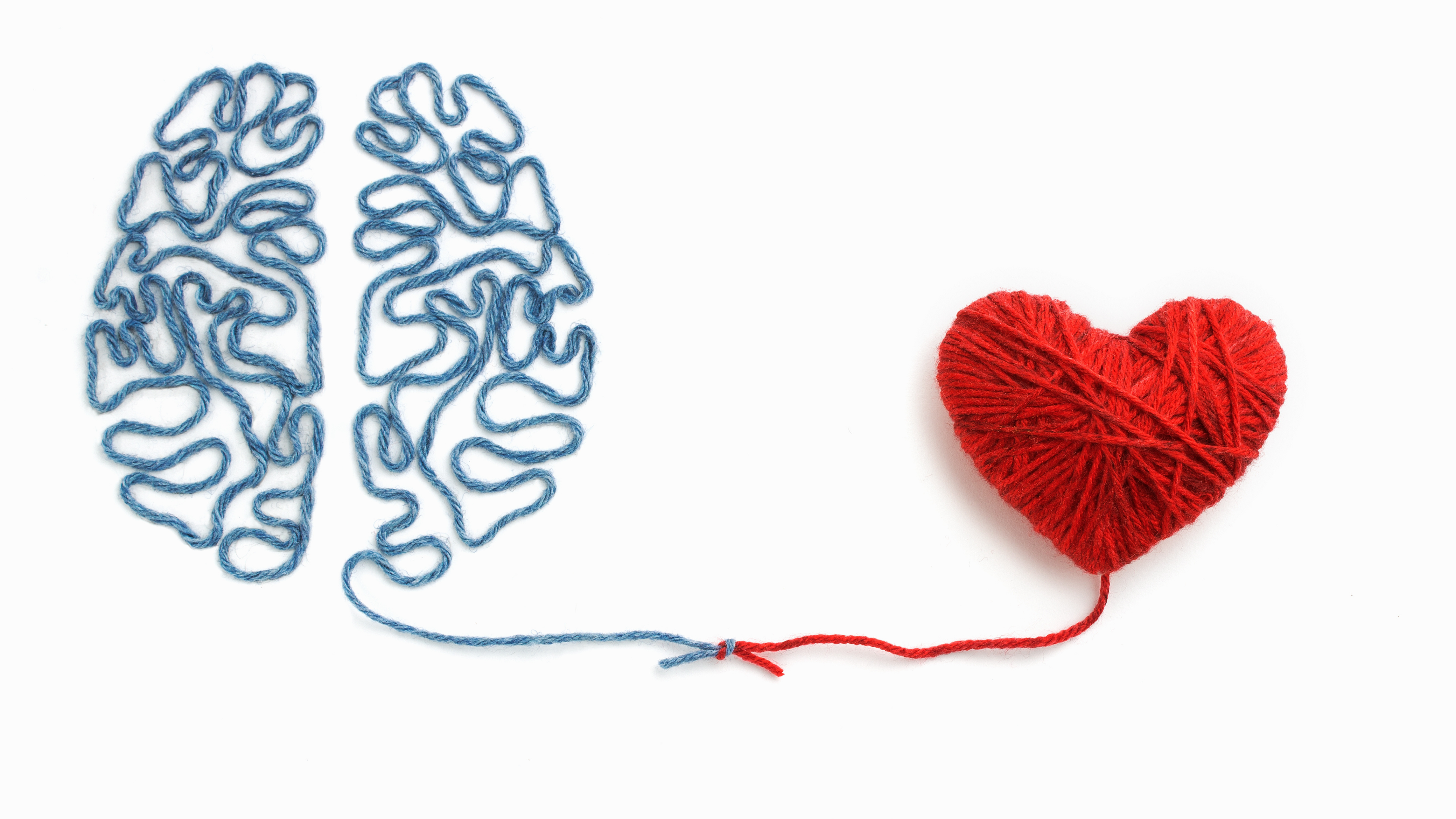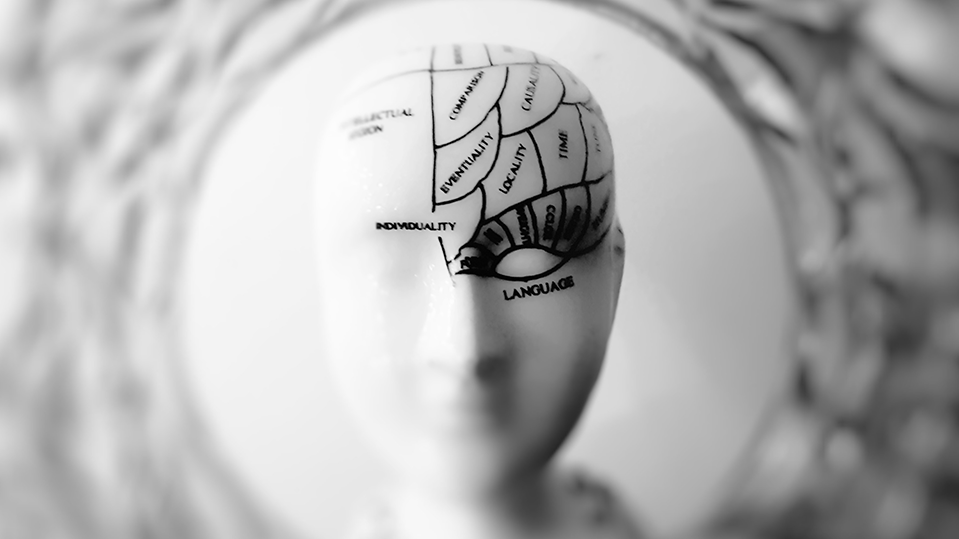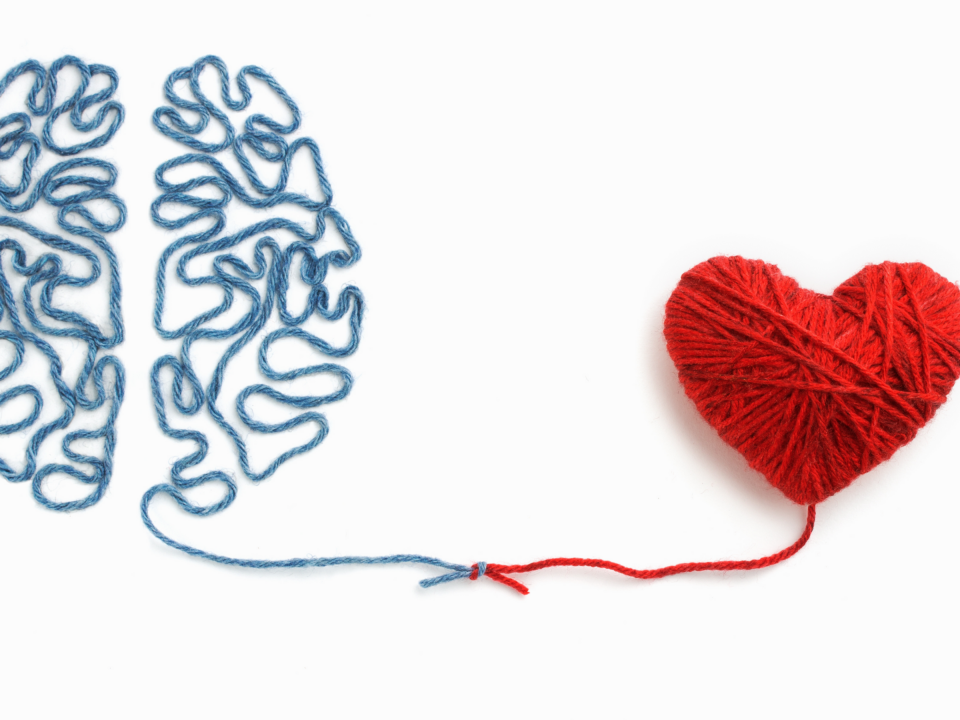
5 Steps To Get Your Priorities Back On Track Now
November 20, 2023
The Neuroscience Of Empathy— And Why Compassion Is Better
January 17, 2024
*As originally seen on Forbes.com
How did we get to the point where we have a loneliness epidemic?
And how can we help to end it?
This blog will attempt to address both questions, thanks to neuroscience.
Last month I wrote a blog with 12 Proven Cures For Loneliness. I shared the 12 connections humans need and how to get re-connected to each. The blog was read by over 100,000 people in just a few days. So, it’s time to share more methods to cure loneliness.
And this one is super-fast and easy. Share it with your colleagues and friends!
It Seemed Like A Good Idea At The Time
But first: how did we get here? Well with the pandemic, we all experienced enforced isolation. For some of us it was more isolating than others, based on family size, relationship with neighbors, ease of creating a safe pod and more. But over time, that degree of semi- or total isolation became a new normal. And when we re-entered socialization, social anxiety kicked in because it had become more comfortable (or safer feeling) to be semi-or fully isolated.
Work from home exacerbated this problem. Have you ever experienced a day full of zoom meetings and at the end of the day, you still feel lonely? Why? Because you weren’t together physically. You didn’t get to bask in coherence, as Rollin McCraty and the team at Heart Math Institute have taught us. They have proven very clearly that when human beings are together in physical proximity, we share energy. We can uplift each other or pull each other down, but humans need to be together. We need to be in physical, emotional, spiritual, mental proximity to each other.
Social media doesn’t help, tons of zoom calls don’t either. They are a poor and somewhat fake substitute.
Come Together
We need to connect. First with ourselves, and then also with others. So what to do if you feel lonely? Here are three steps that work every time. Please try them. And remember it’s not your fault that you’re lonely. We all experienced a profoundly isolating time and we’re all still recovering from it.
1. Figure Out Your Emotions. Use the emotion wheel below to understand what emotions you’re feeling when you’re lonely. Write down at least four or five. Now look at those emotions and figure out which one is most uncomfortable. Notice the innermost emotions on the wheel are more intense, and the outermost are a bit less painful/uncomfortable.

2. Get Curious. Now look at the emotions that you would like to feel instead. Don’t go all the way to the goal (from overwhelmed to confident might be too big a leap). Think of stair stepping: a little bit better feeling, and then a little bit better feeling, and then a little bit better feeling. What we’re doing is creating curiosity about what a better feeling state might be. Curiosity helps you step out of and become more of an observer to your experience.
Here are a few examples from my life recently. Note in the second example it took me a few steps to get to curious. That’s ok!
Overwhelm -> Surrender -> Curious -> Resourceful -> Confident
Discouraged -> Angry -> Frustrated -> Curious -> Hopeful
Check out this infographic below to understand more emotional paths. If you need help to move to the next emotional state, step into a memory where you had that experience so, for example, from Overwhelm I stepped into a memory where I had totally surrendered my experience of overwhelm. I gave it up. Then once I felt that for a few minutes I got curious as to what might be possible instead. From the curiosity I started getting a bunch of ideas to cure my overwhelm, and I started feeling resourceful. I stepped into a memory when no matter what happened I had a bunch of choices to move forward. And voila, confidence emerged.

3. Unpack The Story And Choose A New One. Once you’re at the realistically best feeling state that you can create right now—and we don’t want to fool ourselves— it’s OK to simply go from overwhelmed to curious, then I want you to notice the story that you had told yourself initially. Example from Overwhelm above: ‘I have too much to do, I need more help, I am buried, I feel too much pressure’. Once you get to curiosity it’s easier to see the original painful story. Now pick a new one. Mine was: ‘I am setting healthy boundaries, asking for help, and noticing all the ways I am supported’.
4. Forge A New Neural Pathway. Now for the next seven days seek evidence for that new story. For instance, if you feel lonely, and you want to feel more connected to others, seek evidence of social acceptance. Social acceptance helps us see that we actually belong and are not isolated. Smile at strangers. Most of them will smile back—that’s social acceptance, talk to somebody in the line at your favorite coffee place—when they engage with you, that’s social acceptance. More social acceptance = feel less isolated. Jot down your ‘evidence’ of being connected to others on your phone or on paper every single day. When you change the things you look at (connection vs loneliness) the things you look at change (how much evidence you have of being connected to others!). If you want to know what’s happening in your gorgeous brain as you do this, read my blog on forging new neural pathways.
Try these 4 steps for a week and then check in and let me know how it goes. Thank you for caring enough for yourself to do this work. And of course, if you feel deeply depressed or anxious, seek the help of a trusted compassionate medical provider.





